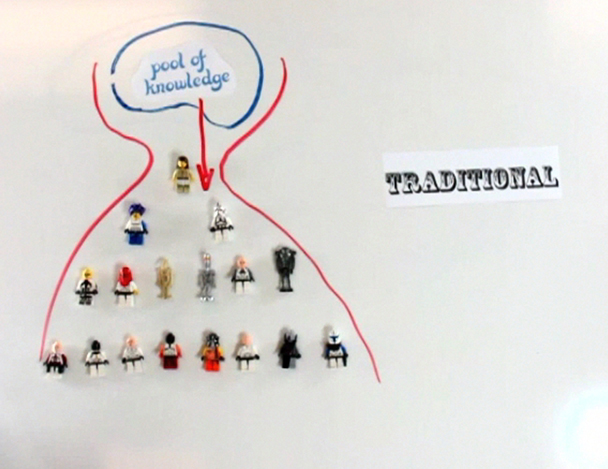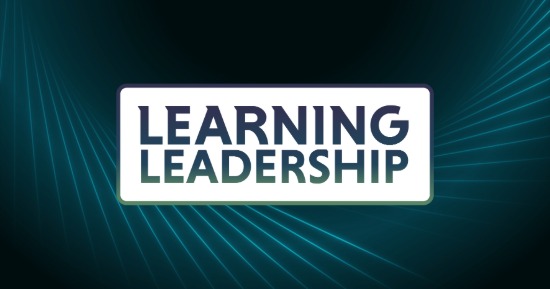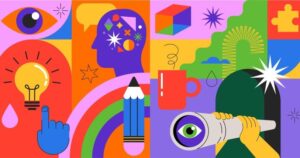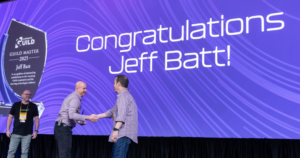Traditional approaches to training are facingdisruption. When I say “traditional,” I mean more than instructor-led traininglocated in classrooms. I include e-Learning in most of the forms that haveprevailed for the last 15 years or longer. Disruptive innovation, in the formof social software, is sparking new philosophies about formal and informal useof collaboration to support learning. But why are these ideas finding supportamong business leaders and e-Learning experts?
The basic reason is simple. Information moves toofast. The speed of commerce is faster than ever. Today, product releases happen everythree months instead of every three years. Customers define your brand through onlinecommunities faster than you can think about creating a branding campaign. Thepace at which workers must learn outstrips anything we have seen before. Theinflux of Millennials (gen Y), who will comprise 50% of our workforce in thenext five years, brings with it new entry-level technology skills and newexpectations. And that, in a few sentences, is your disruption.
Traditional training programs will not be able tosupply the large pipeline of knowledge, skills, and information that yourworkers will need. The traditional hierarchical knowledge structure creates abottleneck. (See Figure 1.)

Figure 1:Traditional hierarchical structures are a bottleneck between learners and theknowledge pool.
Any astute training manager will tell you that they can feel this in their bones. I get to talk with trainingmanagers across hundreds of great organizations each year. There is a verycommon story that usually surfaces. It goes something like this:
“Josh, I need to create about 15 new programs thisyear. With classroom training, logistics, meetings, and other stuff we onlyhave the time to create about 10 of them. We only have the budget to createthree of them. Not to mention updating the 85 programs that are collecting dust.I can’t keep up. The list of needs keeps growing longer, and our bandwidth isn’tincreasing.”
I can empathize with this. As training manager attwo different Fortune 500 healthcare companies, I worked my tail off to buildgreat training programs. I was working 70+ hours per week, managing million-dollar training budgets, hiring and equipping a team of trainers, on two tothree planes per week, eating Marriott points for lunch, running over 40 livetraining events, and building an e-Learning program.
Even doing all of this, I still felt like I was onlyscratching the surface. I knew in my core that I was barely addressing the tipof the iceberg of what my learners needed to know to perform in their job. Iworked harder, hired more trainers, spent more money, but I never got ahead. Ifelt like I was trying to wiggle my way out of quicksand.
For these reasons I am completely energized by therevolution that is taking place. Savvy organizations are catching on to theidea that they can’t possibly provide all of the training every employee needs.So they don’t. They give the tools to the learners and get out of their way. Thisis called collaborative learning.
So what is this all about? It’s about a change in thinking. Don’t builda pipeline to the pool of knowledge — justlet your learners swim in the pool. Here are some strong core beliefs thatpeople leading in this area hold.
- Learn or die– It’s the truth. You’re either growing or being left behind. We as individualsand organizations have no other options.
- We all teach and learn every day – Learning and teaching are the basic dual-naturedfunctions of our existence. Everyone knows or does something that others wouldlike to know or do.
- Great teachers rule – Teaching isn’t a job, an assignment, or a title.Inside of every great leader, parent, salesperson, grandmother, and manager isa great teacher.
- Learning is about sharing and collaboration – How much can you learn in solitaryconfinement? How much can you learn fromone person? How much can you learn from100 people? Exactly.
- Gd enuf is good enough – The world wants mp3, not CD. We take vacationphotos with our cell phone. We choose quick-and-dirty over slow-and-polished.We jst wnt rslts.
- Great learning experiences — These have nothing to do with budget, titles,projectors, conference rooms or graphics. Great learning experiences haveeverything to do with passion, creativity, humor, collaboration, and diversity.
- Pull, not push– People learn when they’re ready to learn, not when we’re ready to teach them.Create an environment where learners can pull when they have an appetite.
- There is energy and potential in the crowd – The crowd is more powerful, smart, and capablethan any individual or team.
So does this mean that we should cancel our LMSsubscription, take a hammer to our laser pointer, and bury our Webcams? By all means, NO! Formal learning is neededin most organizations.
What I propose is to think of yourself as a learningconstruction expert. Use the right tool for the right purpose. You can pound anail with a saw, but why not just use the hammer? Take inventory. What doesyour organization need? What kind ofexperience do your learners need to meet the organizational need? The answer lies behind those two questions,and I will share my thoughts on that answer in my next column, the week ofApril 4.










